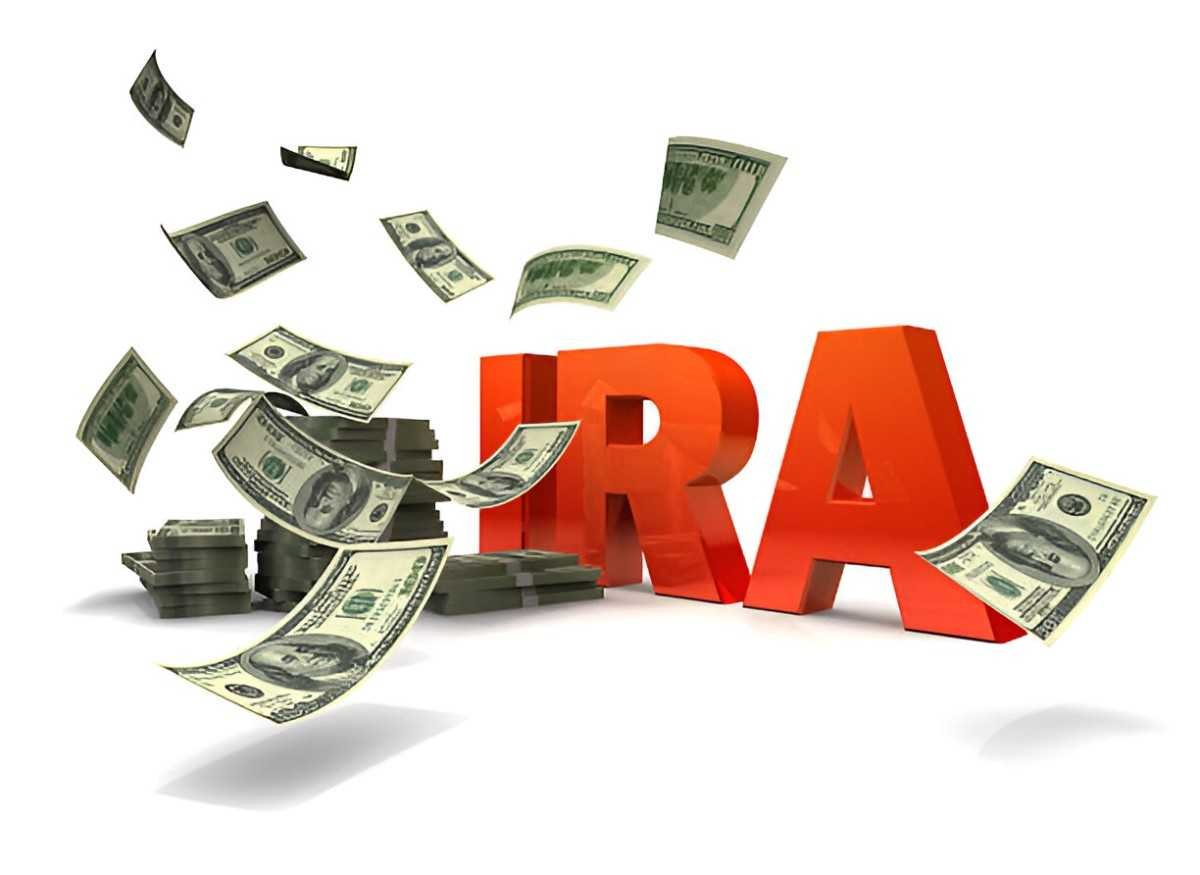Investing $500,000 in an IRA through mutual funds is a powerful way to grow wealth tax-efficiently while benefiting from professional management and diversification. Whether you’re rolling over a 401(k), reinvesting proceeds from a sale, or maximizing your retirement contributions, this guide will help you strategically allocate your funds for long-term growth, income, and stability.
Table of Contents
Why Invest $500,000 in an IRA Using Mutual Funds?
An Individual Retirement Account (IRA) offers significant tax advantages, making it an ideal vehicle for a large investment like $500,000. Mutual funds within an IRA provide:
✅ Tax-Deferred (Traditional IRA) or Tax-Free Growth (Roth IRA) – No capital gains taxes on dividends or rebalancing.
✅ Diversification – Spread risk across stocks, bonds, and alternative assets.
✅ Professional Management – Fund managers handle stock/bond selection.
✅ Lower Costs Than ETFs or Stocks – Many index mutual funds have near-zero expense ratios.
Lump-Sum vs. Dollar-Cost Averaging in an IRA
Since IRAs are long-term accounts, lump-sum investing typically outperforms gradual investing (Vanguard found a ~68% success rate over 10 years). However, if you’re risk-averse, consider:
- Partial DCA: Invest $250K immediately and the rest over 6-12 months.
- Rebalancing Later: Adjust allocations annually to maintain risk levels.
Optimal Mutual Fund Allocation for $500,000
Your allocation depends on age, risk tolerance, and retirement timeline. Below are three model portfolios:
1. Growth-Oriented (Ages 30-50, Aggressive)
| Asset Class | Allocation | $ Amount | Example Funds |
|---|---|---|---|
| U.S. Total Stock Market | 60% | $300,000 | VTSAX (0.04%) |
| International Stocks | 25% | $125,000 | VTIAX (0.11%) |
| Bonds | 10% | $50,000 | VBTLX (0.05%) |
| REITs | 5% | $25,000 | VGSLX (0.12%) |
2. Balanced (Ages 50-65, Moderate Risk)
| Asset Class | Allocation | $ Amount | Example Funds |
|---|---|---|---|
| U.S. Large-Cap Stocks | 50% | $250,000 | FXAIX (0.015%) |
| International Stocks | 20% | $100,000 | FTIHX (0.06%) |
| Bonds | 25% | $125,000 | BND (0.03%) |
| Dividend Stocks | 5% | $25,000 | VDADX (0.08%) |
3. Conservative (Retired or Near Retirement)
| Asset Class | Allocation | $ Amount | Example Funds |
|---|---|---|---|
| Bonds | 50% | $250,000 | VBTLX (0.05%) |
| Dividend Stocks | 30% | $150,000 | VHYAX (0.08%) |
| Cash/Short-Term Bonds | 15% | $75,000 | VUSXX (0.09%) |
| Inflation-Protected (TIPS) | 5% | $25,000 | VAIPX (0.10% |
Tax Optimization Strategies
1. Roth IRA vs. Traditional IRA?
- Roth IRA: Best if you expect higher taxes in retirement (no RMDs, tax-free withdrawals).
- Traditional IRA: Better if you want immediate tax deductions (tax-deferred growth).
2. Avoid the Pro-Rata Rule (For Backdoor Roth IRA)
If you have pre-tax IRA funds, converting $500K to a Roth IRA could trigger a massive tax bill. Consider:
- Rolling pre-tax funds into a 401(k) before doing a Backdoor Roth.
- Partial Roth conversions over several years to manage tax brackets.
3. Required Minimum Distributions (RMDs) Planning
- Traditional IRAs force withdrawals at 73+.
- Roth IRAs have no RMDs—better for generational wealth.
Key Mistakes to Avoid
❌ Overloading on High-Fee Funds – A 1% fee on $500K costs $5,000/year (hurting compounding).
❌ Ignoring Rebalancing – Market shifts can skew your risk exposure.
❌ Taking Too Much Risk Near Retirement – A 50% crash could wipe out $250K.
❌ Not Considering Inflation – TIPS and dividend stocks help preserve purchasing power.
Final Thoughts
Investing $500,000 in an IRA via mutual funds is a game-changer for retirement wealth. By choosing low-cost index funds, optimizing tax strategies, and aligning allocations with your risk tolerance, you can maximize growth while protecting your nest egg.





